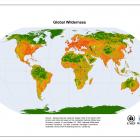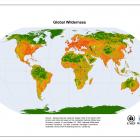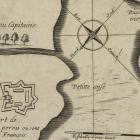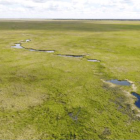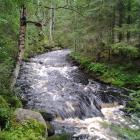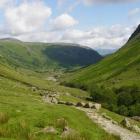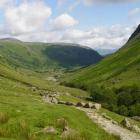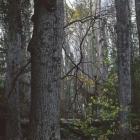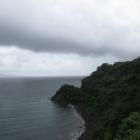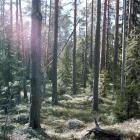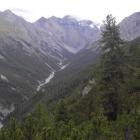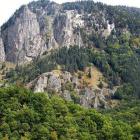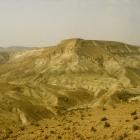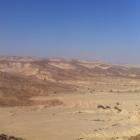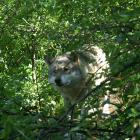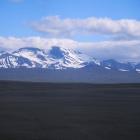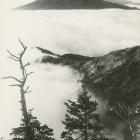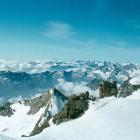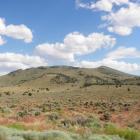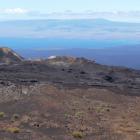Metsik Loodus, Puutumatu Loodus, and Põlisloodus—Estonian
In Estonia, one of the first things associated with the Anglo-American conservationist notion of “wilderness” is a primeval forest where no human paths or dwellings exist. Etymologically, the most common Estonian translation for “wilderness” is metsik loodus (literally: “forest-like nature”). Historically, big forests were called kõrb (analogous to Finnish korpi), but when the first official translation of the Bible was published in Estonian, this word was “taken over” to metaphorically render the idea of the “empty space” where Christ was sent to suffer (i.e., the desert), and as a result, in contemporary Estonian, kõrb means a desert, not a forest.
Abstract nouns denoting general categories regarding nature (such as loodus, Estonian for “nature”) are quite recent ones in the Estonian language. One of the possible reasons may be that Estonian culture and language have been very intimately intertwined with the landscapes and the natural conditions that the Estonian-language peasantry inhabited. Therefore, there are dozens of specific names for landscape patches with different qualities, indicating for example, what time would be suitable for making hay from a particular type of meadow, or for what species of domesticated animals would the hay be suitable as fodder in winter.

Aspen grove in a fen. Photograph by Veljo Runnel, 2000.
Aspen grove in a fen. Photograph by Veljo Runnel, 2000.
Click here to view image source. Used by permission.
The copyright holder reserves, or holds for their own use, all the rights provided by copyright law, such as distribution, performance, and creation of derivative works.
Approximately 1/5 of the territory of Estonia is covered with swamps and marshlands. Even the areas that could not be used for agricultural purposes often served pragmatic functions: old raised bogs were used as places for gathering medical herbs, mushrooms, and berries (cranberries, lingonberries), but also as secret shelters that were used by locals in turbulent times. So we can say that for the local peasantry, there never really existed a such thing as “wilderness” in the sense of an area which no paths lead to, from, or through. Even if clearly perceptible human traces are missing, there may be routes that are not evident as clear paths in the landscape, but rather as dotted lines of minute landmarks intelligible to an experienced eye.
Most of the popular books compiled to introduce the nature reserves and conservationist activities in Estonia state that there are no places in the country where the human impact is non-existent. The majority of the protected natural landscapes of Estonia are actually semi-natural landscapes where human impact has been modest but incessant—in some cases, e.g., wooded meadows, for more than a thousand years. The implementation of nature protection in such cases means that modest management, not total exclusion of human activities from the landscape, is an appropriate measure.
Birds singing in the aspen grove. © 2000 Veljo Runnel
Google Translator offers kõnnumaa as the first equivalent in Estonian to “wilderness.” That is not quite correct, though. The word kõnnu (nom. kõnd) is used in place names only in marginal Estonian dialects, referring to areas with limited capacity for supporting vegetation. Kõnd thus also has pragmatic implications—it is an area not quite suitable for agricultural use. It must be concluded that the notion of “wilderness” as “intact” (puutumatu loodus) or “primeval” (põlisloodus) nature with no pragmatic use whatsoever is a cultural construct that has been adapted into Estonian only recently. It would make more sense to speak about semi-natural or heritage landscapes in Estonia.
What does wilderness mean in your language? Browse “Wilderness Babel” via the map.
Live map showing the location of the languages featured in the virtual exhibition. What does wilderness mean in your language? Browse “Wilderness Babel” via the map.



